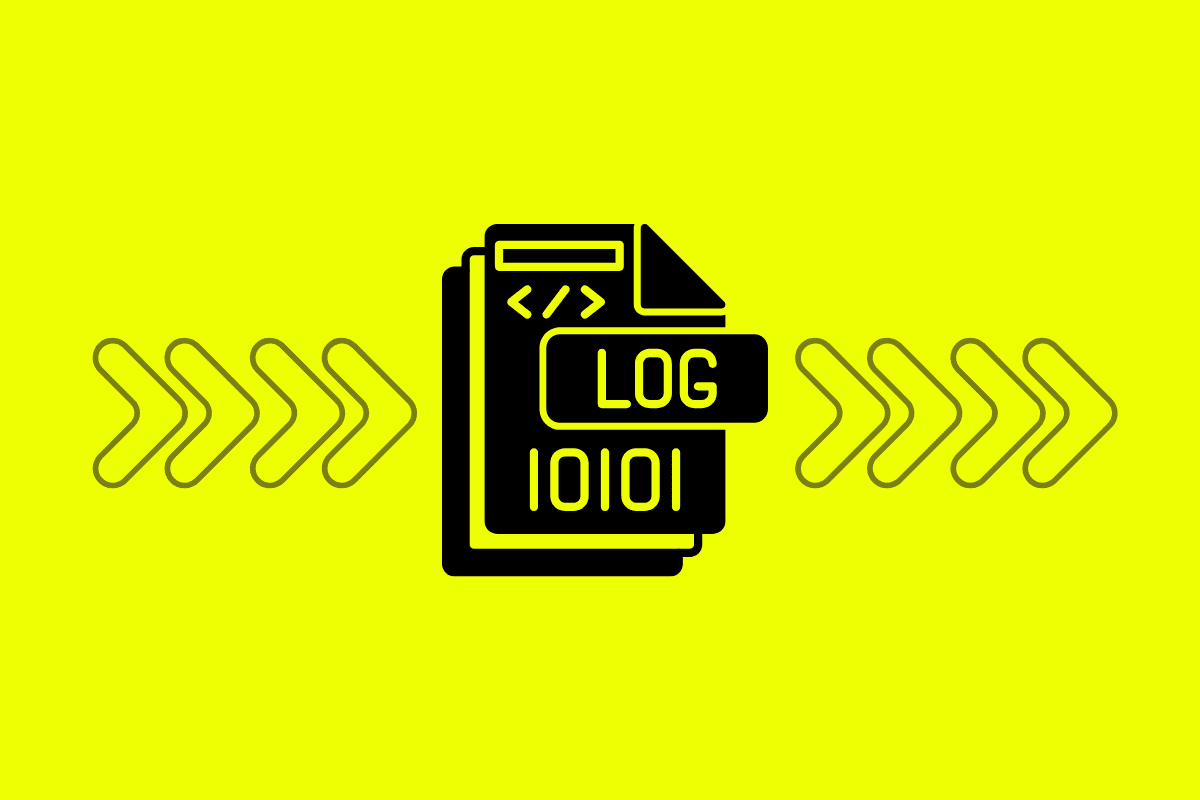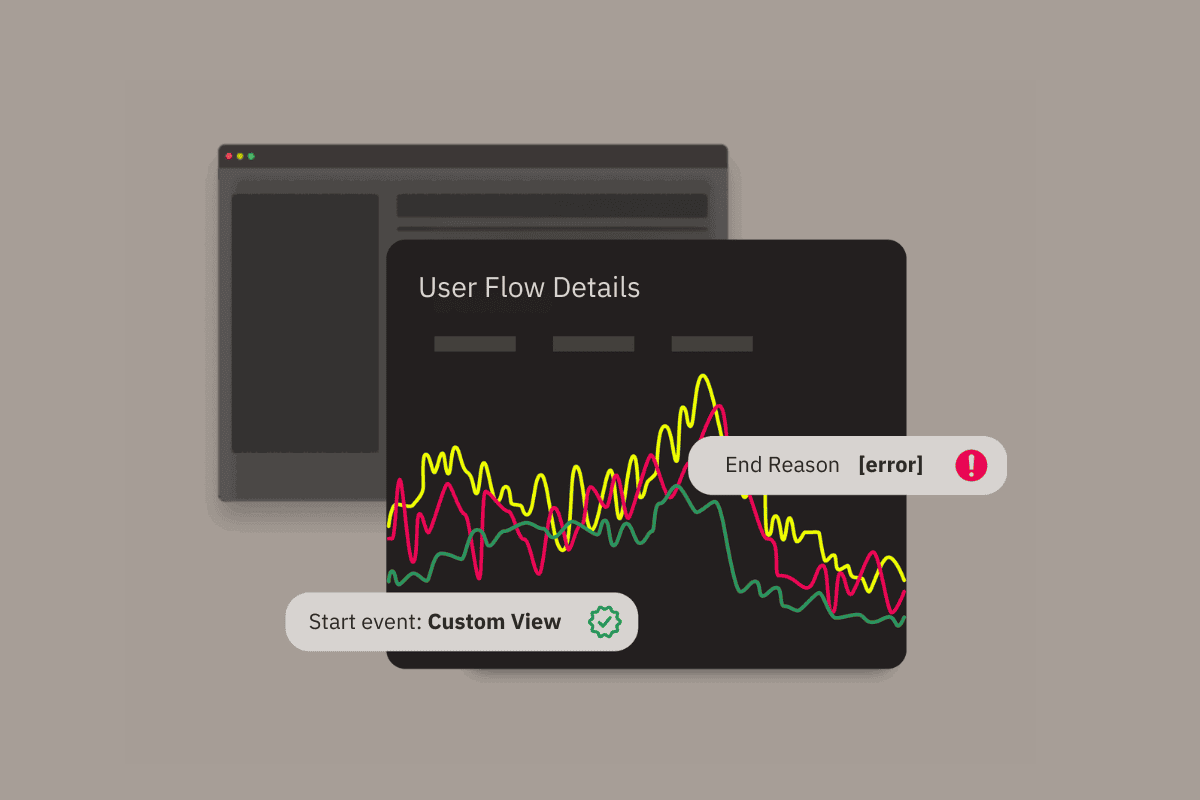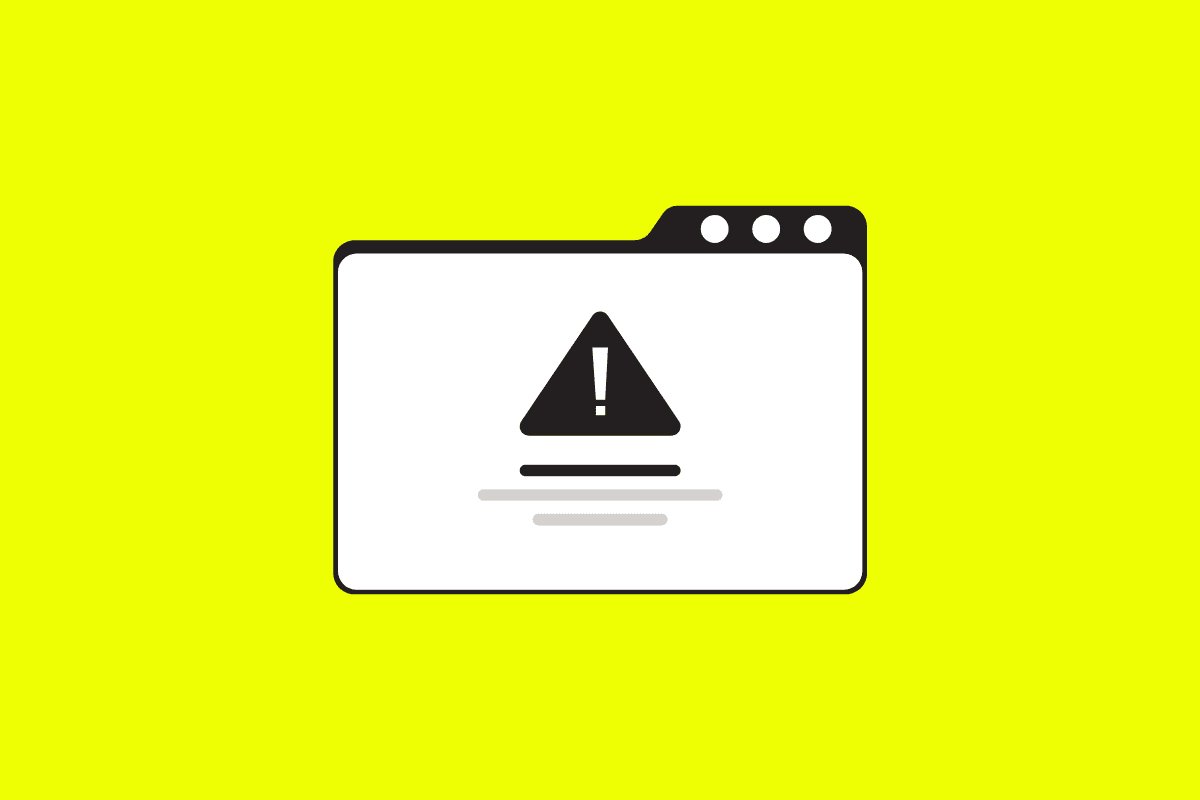
Virna Sekuj
Virna Sekuj is a product marketer at Embrace. She has nearly ten years of experience in product management, marketing, and research analysis. Prior to working at Embrace, Virna worked at Bose, Onside Sponsorship, and GWI. In her time with Embrace, she’s used her insight and analysis expertise to lead two research studies polling engineers that have produced two reports — The State of Mobile Experience and The Mobile Developers Pain Points report.
Posts by this Author ( )


User Journeys
4 December 2025 • 4 min read
Introducing the next evolution of User Journeys in Embrace
Deeper insights, richer metrics, and real-time visibility into the flows that matter most.

Web
23 October 2025 • 3 min read
Introducing JavaScript Exception Severity Scoring in Embrace Web RUM
Embrace now automatically calculates a severity score for every JavaScript exception to help you prioritize the most critical issues affecting your users.

release monitoring
23 October 2025 • 1 min read
Check out our refreshed Release Health page: Smarter insights for every app version
Our updated Release Health page gives engineers an effective launchpad to evaluate performance across app releases, examine trends, and quickly spot regressions. Plus, Embrace's Release Health connects you with the details you need to start troubleshooting a release issue – fast.

Web
14 October 2025 • 3 min read
Introducing Page Load Insights in Embrace Web RUM
See exactly what’s slowing your pages down and impacting your end users with Embrace's new Page Load Insights feature for Web RUM.

dashboards
9 October 2025 • 3 min read
Introducing the new Overview Page: A unified starting point for web and mobile observability
Embrace’s mission has always been to give engineering teams complete visibility into how their apps perform in the real world, across every user, device, and interaction. We’re here to make it easy for teams to extract the insights they need to maintain fast, stable, and highly performant apps.